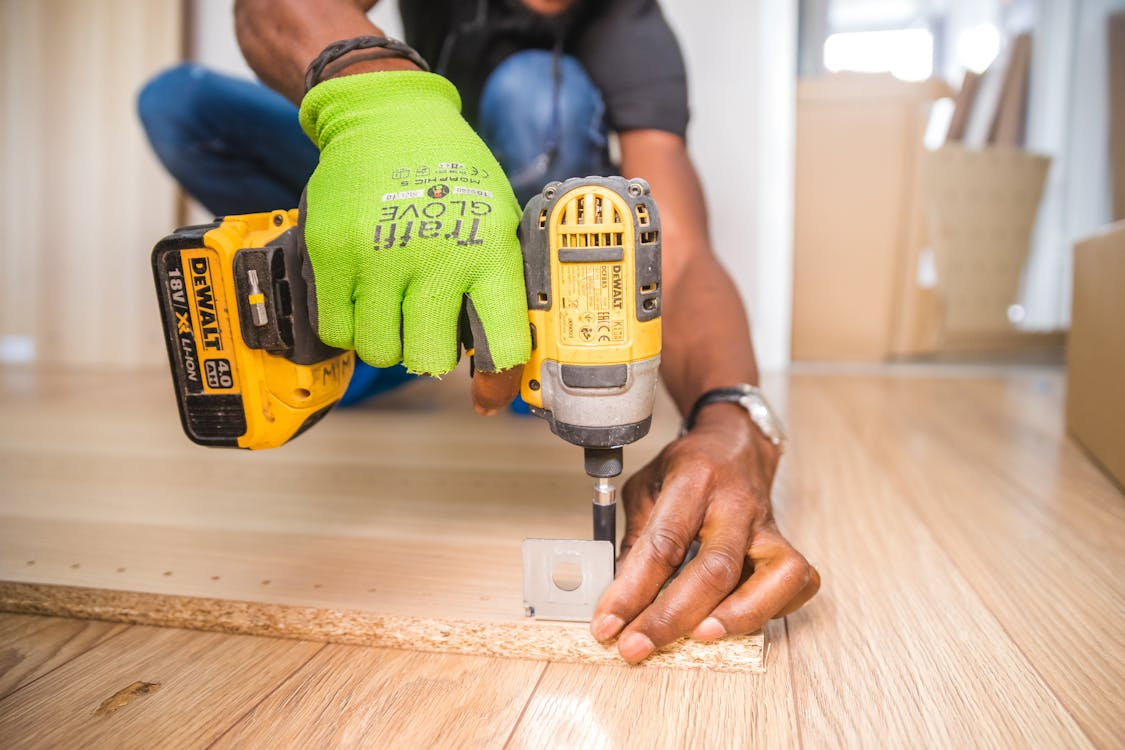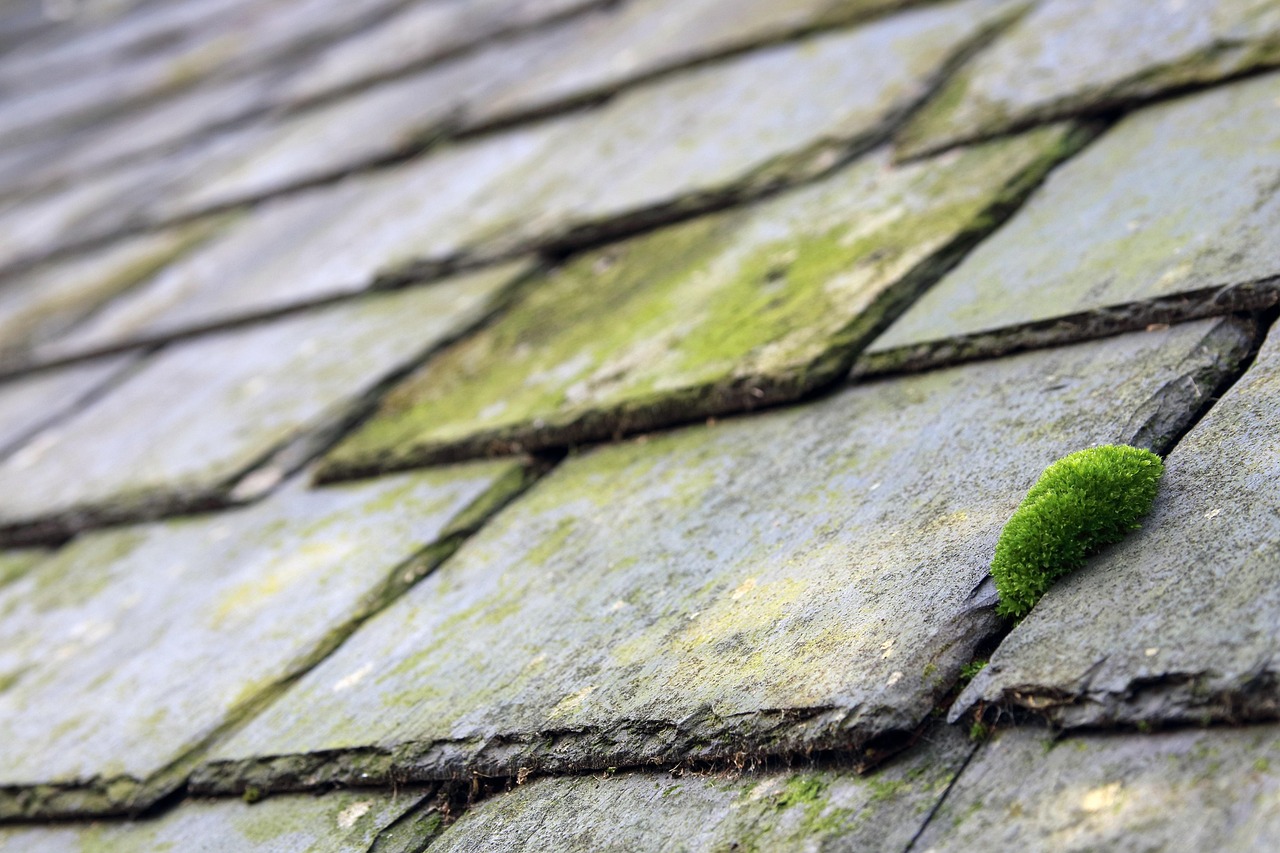Picture this: A warm summer evening, a backyard barbecue, and the annoying zip of mosquitoes buzzing around, ready to ruin the vibe. We’ve all been there.
Mosquitoes aren’t just an itchy nuisance—they’re disease carriers. Malaria, dengue fever, Zika virus, and West Nile virus are just a few of the serious illnesses they spread. That’s why effective mosquito control isn’t just about comfort; it’s a public health necessity.
One powerful tool in the mosquito-fighting arsenal? Thermal fogging by mosquito spraying Virginia Beach companies.
But what exactly is thermal fogging, and how does it work to control mosquito populations? Let’s break it down in a way that makes sense—and explore why this method is so effective.
What Is Thermal Fogging?
Thermal fogging is a pest control method that disperses ultra-fine insecticide droplets into the air using heat. This process creates a thick fog that penetrates dense vegetation, cracks, and hard-to-reach areas where mosquitoes love to hide and breed.
The key ingredient? Thermal foggers. These machines heat a liquid insecticide solution, converting it into vapor. When the vapor exits the fogger, it meets cooler air, condensing into a visible mist. This mist is what makes thermal fogging so effective—it spreads quickly and lingers long enough to kill adult mosquitoes on contact.
Thermal vs. Cold Fogging: What’s the Difference?
You may have heard of cold fogging (also called ULV fogging), which disperses insecticides using high-pressure air instead of heat. While both methods are effective, thermal fogging has some advantages:
- Better penetration – The heated fog moves more easily through dense foliage, reaching hidden mosquito resting spots.
- Smaller droplets – Thermal foggers produce finer droplets (1–50 microns in size), which stay airborne longer and increase mosquito contact.
- Faster action – The fog immediately knocks down adult mosquitoes in treated areas.
Cold fogging, on the other hand, is often used for indoor applications or in areas where heat-based dispersal might not be ideal.
How Does Thermal Fogging Control Mosquito Populations?
1. It Targets Adult Mosquitoes Immediately
Thermal fogging is a knockdown method, meaning it kills adult mosquitoes on contact. Since mosquitoes have short lifespans (about two weeks), eliminating a large number of them at once can dramatically reduce the local population.
According to the Centers for Disease Control and Prevention (CDC), adult mosquito control is one of the most effective ways to break the disease transmission cycle, especially in areas with high infection risks.
2. It Reaches Hidden Breeding and Resting Sites
Mosquitoes are experts at hiding. They don’t just hover around open spaces—they rest in shady, humid areas like:
- Bushes and tall grass
- Under decks and patios
- In sheds and garages
- Inside drainage systems
Because thermal fogging produces a fine mist that drifts and seeps into these hard-to-reach areas, it effectively flushes out and kills mosquitoes where other methods might miss them.
3. It Disrupts Mosquito Reproduction
While thermal fogging mainly targets adult mosquitoes, it indirectly affects mosquito reproduction. Fewer adult mosquitoes mean fewer eggs laid in stagnant water sources. Since a single female mosquito can lay 100–200 eggs at a time, reducing the adult population helps curb future generations.
4. It Works Fast and Covers Large Areas
One of the biggest advantages of thermal fogging is its efficiency. A single fogging session can cover several acres in minutes. This is why cities and municipalities use it for large-scale mosquito control in parks, residential neighborhoods, and wetlands.
For example, the World Health Organization (WHO) recommends fogging as part of emergency vector control efforts in areas experiencing mosquito-borne disease outbreaks.
Is Thermal Fogging Safe?
Yes—when used correctly.
The insecticides used in thermal fogging are typically pyrethroids, synthetic compounds derived from chrysanthemum flowers. Pyrethroids are:
- Low in toxicity to humans and pets in small, controlled amounts
- Biodegradable, breaking down quickly in the environment
- Highly effective against mosquitoes but less harmful to beneficial insects like bees (when applied at the right times)
To maximize safety, mosquito spray company usually fog early in the morning or late in the evening when bees and other pollinators are less active.
How Long Does Thermal Fogging Last?
Thermal fogging provides immediate mosquito control, but it’s not a long-term solution. The fog dissipates within a few hours, and while it kills mosquitoes on contact, it doesn’t prevent new ones from entering the area.
To maintain mosquito-free zones, experts recommend combining thermal fogging with:
Larviciding – Treating standing water with larvicides to kill mosquito larvae before they become adults.
Eliminating breeding sites – Removing stagnant water from birdbaths, gutters, tires, and containers.
Using residual insecticides – Spraying surfaces where mosquitoes rest for longer-lasting protection.
Regular fogging every 7–14 days during peak mosquito season helps keep populations under control.
Should You Try Thermal Fogging at Home?
If you live in a mosquito-prone area, investing in a portable thermal fogger can be a game-changer. Homeowners can use foggers to treat their yards before outdoor events, creating a mosquito-free environment for hours.
However, it’s crucial to:
- Choose EPA-approved insecticides
- Follow the manufacturer’s instructions carefully
- Fog during low-wind conditions for maximum effectiveness
- Wear protective gear (masks, gloves) when handling insecticides
For larger-scale control, professional fogging services may be the best option.














